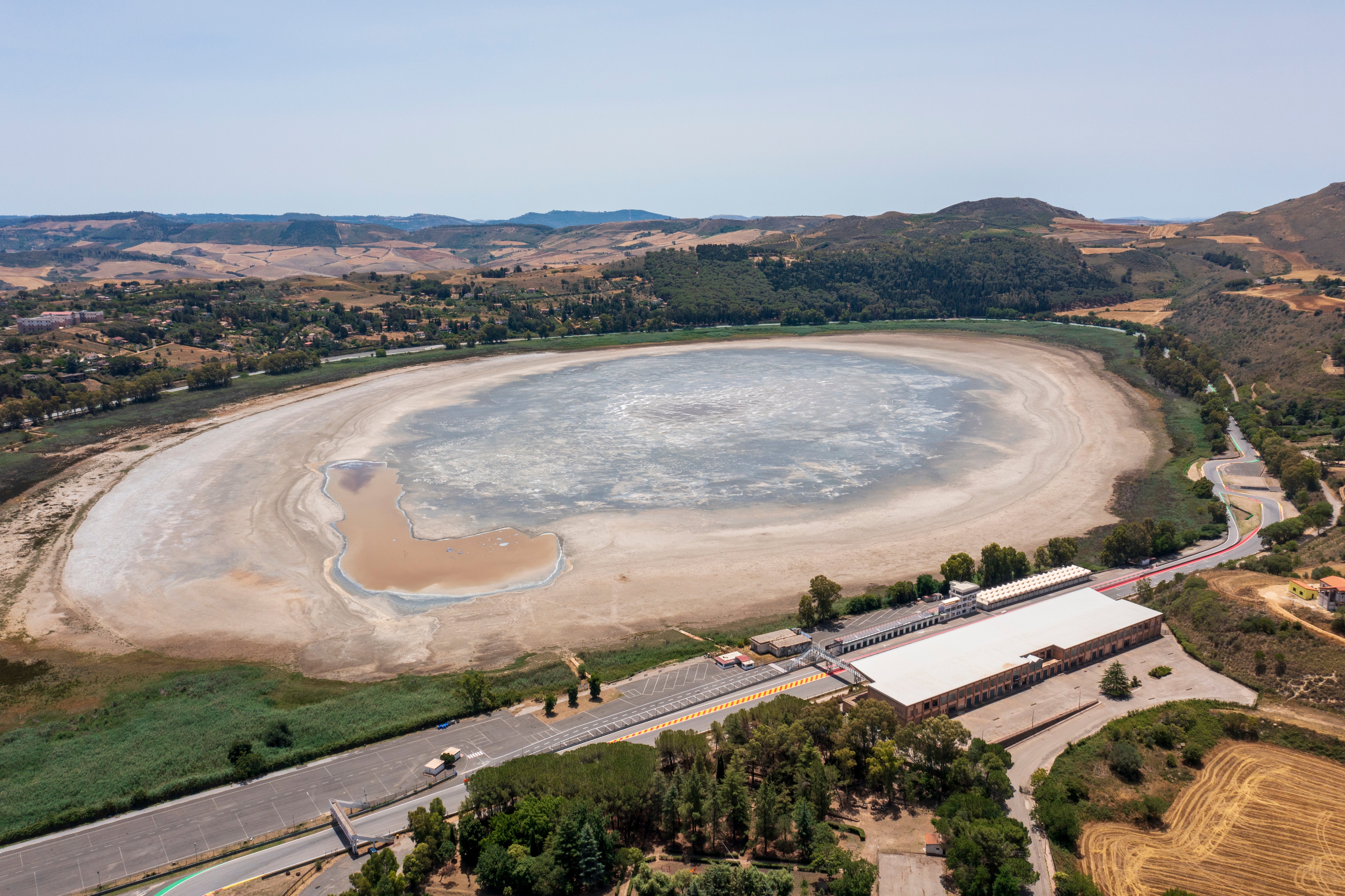Environment & Energy
Related: About this forumAcross Sicily, Annual Rainfall Has Fallen 40% Since 2001; 1/3 Of Island "Doomed To Desertification" By 2030
EDIT
The desert is encroaching across Sicily, the largest and most populous island in the Mediterranean, where a European temperature high of 48.8C was recorded in 2021. Rainfall is down by more than 40% since 2003. In the last six months of 2023, just 150mm of rain fell. “The situation is dramatic, there is no longer any water for the animals to drink,” Cammarata said. “The only water resource we have is this artificial pond, but now there is nothing but mud. We ask the authorities to send the army to help us get water to the farms. We can’t let the animals die. A farmer can’t bear to see their animals die of thirst.”
EDIT
Christian Mulder, a professor of ecology and climate emergency at the University of Catania on the island, painted a stark picture of Sicily’s future while criticising what he said were serious failures on the part of regional and national authorities. “By 2030, a third of the territory of Sicily will become a desert, comparable to the lands of Tunisia and Libya,” Mulder said. “The entire strip facing the Sicilian Channel [waters separating Sicily from Africa] is doomed to desertification. The ancient Arabs who once inhabited the island had successfully devised ways to manage water. However, these old aqueducts have not been maintained or updated. Sicily is now facing the concrete consequences of decades of mismanagement of water resources.”
Traditionally, drinking water in the island is sourced from aquifers, subterranean rock layers saturated with water, while water for agriculture is stored in large tanks constructed after the second world war. Both systems rely on increasingly scarce winter rainfall. For three decades, essential maintenance to the irrigation network has been neglected, diminishing the capacity of the island’s reservoirs. “Once we had artificial ponds that so that the livestock could drink during grazing,” Cammarata said. “But due to drought and high temperatures, all the small artificial ponds have dried up.”
In October 2023, average temperatures in the island ranged between 28 and 30C, with peaks reaching 34-35C, making it the hottest October in Sicily in the past 100 years. But the real problem comes in summer, when temperatures approach 48C and waves of fires pulverise what little vegetation remains. Last year, according to an estimate made by the regional civil protection agency, fires caused more than €60m (£51m) worth of damage. More than 693 hectares (1,712 acres) of woodland on the island were destroyed.
EDIT
https://www.theguardian.com/world/article/2024/jul/01/drought-leaves-sicilian-farmers-facing-uncertain-future
bucolic_frolic
(46,975 posts)I do know it was invaded several times over the last 2000 years, and was protected by Roger I, a French nobleman, in political deals with the Papacy I think I recall reading, that also involved Ireland.
https://en.wikipedia.org/wiki/Roger_I_of_Sicily
This is an extensive article, I am amazed they know that much about Roger because the history was light when last I looked about 15+ years ago.
hatrack
(60,920 posts)Greeks, Carthaginians, Romans, Normans, Moors, Byzantines, Germans, Americans, British . . . .
Brenda
(1,321 posts)Oh, ya, failing dams, roads and water lines in America (and elsewhere).
Good to see you back hatrack. I'll try to post more to help out around here. ![]()
OKIsItJustMe
(20,739 posts)Lake Pergusa was once described as a place of beauty and ‘eternal spring’

A severe drought in Sicily has nearly dried up the island’s only natural lake.
Lake Pergusa, part of a natural reserve close to the central Sicilian town of Enna, has shrunk dramatically because of a lethal mix of hot weather and low rains, scientists said.
The lake has long served as a vital resting station for birds migrating between Africa and Europe.
Sicily has suffered months of below-average rainfall, with the Italian government declaring a state of emergency over the crisis, which has devastated crops and desiccated pastures.
…